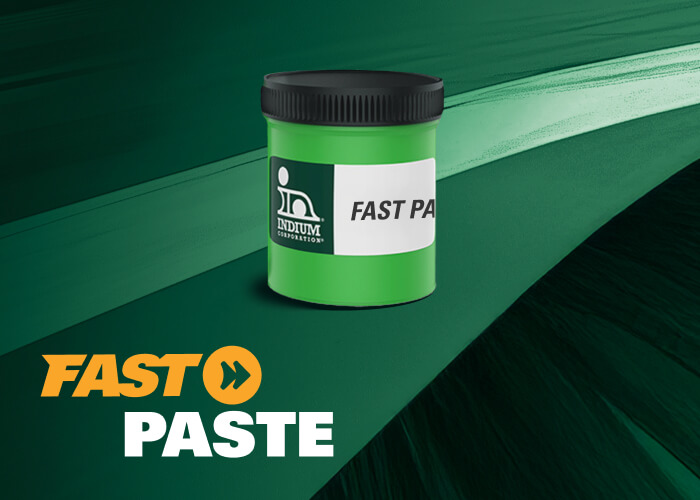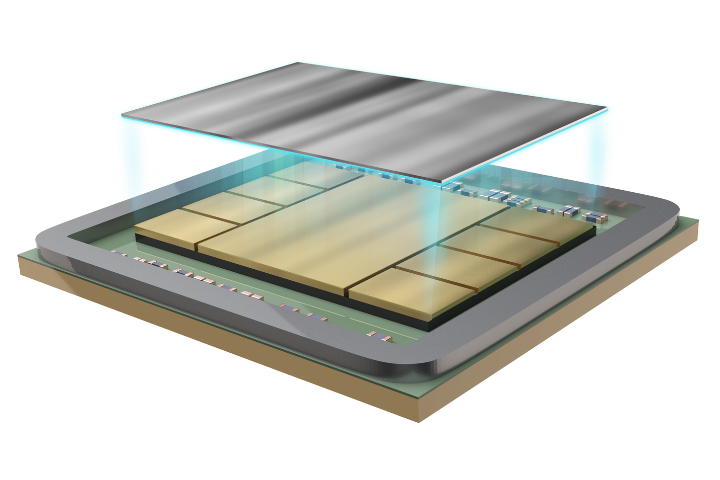As a technical support engineer,I get this question quite often. A solder preform is a solid, flat, manufactured-shape of solder that can be used for a wide variety of assembly applications. Solder preforms can come in a wide variety of alloys. There are over 250 standard alloys that can be used for solder preforms, withmelting temperatures as low as 47°C and as high as 1063°C. Some other common alloys for solder preforms are SAC305, Sn63/Pb37, Sn62/Pb36/Ag2, Bi58/Sn42, In97/Ag3, Au80/Sn20, and Au88/Ge12 (see our solder alloy selector guide to help you find the right alloy for your application)
Standard preform shapes include rectangles, squares, discs, frames, and washers. Solder preforms can also be made into “special” shapes, customizedto customers' specifications. For instance, preforms can be made into rectangles with holes cut out, frames with rounded edges, octagons, half-moons, racetracks, etc.Typical sizes range from 0.010” up to 2”, although they can come in larger or smaller sizes, as well. Along with the shape and size, a thickness dimensionshoudl also be considered. Typical thicknesses range from 0.002” up to 0.030”, but other thicknesses are available, as well. Each dimension of the preformhas an associated tolerance. This tolerance is subject to the overall dimensions, area ratio, and alloy.
Solder preforms are the most universal form of solder. They are used in more types of applications than any other form of solder, including die-attach, thermal fuses, sealing, thermal interface, connectors and cables, and PCB assembly. Each of these are applications that require PRECISE AMOUNTS of solder, which makes solder preforms the ideal solution. In many applications, solder preforms are reflowed to make a bonding connection between two surfaces; however, there are other applications that do not require the solder to be reflowed and use the preform in its un-reflowed state, such as compressible solders preforms.
Solder preforms can be coated with flux (flux-coated), contain flux inside the preform(flux-cored), orcontain no flux at all. There are different types of flux coatings and these coatings can even come in different colors. The flux itselfis no-clean and classified in accordance with J-STD-004B (i.e. ROL0, ROL1, ROH1, etc.)- there are no water-soluble flux coatings.
Packaging for solder preforms can vary based upon the needs of the customer, typically bulk pack, tray pack, and tape and reel for automated placement. Preforms do have a finite shelf life and should be kept in the original packaging, closed securely and storedin a dry environment, at or below room temperature, in order to maximize the shelf life.
As you can see, solder preforms can be the ideal solution if you need PRECISE AMOUNTS of solder in a SPECIFIC FORM for your assembly. If you are considering solder preforms for your application, please contact me or any of Indium Corporation's technical support engineers. We KNOW solder preforms and we are happy to help you determine the best solder for your application.



